Shapes – A Multisensory Exploration PLUS 130 Shape Themed Activities
Explore the sights, sounds, smells, tastes, and textures of shapes with this fully resourced, step-by-step, multisensory story PLUS 130 shape themed activities that link to areas of the curriculum.
Table of Contents
The Benefits of Sharing Multisensory Stories
How to Tell a Multisensory Story
About the Front Cover
Story Props Checklist
‘Shapes’ Full Story
‘Shapes’ Fully Resourced, Step-by-Step, Multisensory Story
Shape Sorting Activities
Sensory Art
Mark Making
Jackson Pollock by Harbour House
Re-Create the Artwork of Koloman Moser Backhausen
Re-Create the Artwork of Piet Mondrian
Tiles and Mosaics
Owen Jones
Tessellation
Spotlight on … The Vine Campus, Leeds City College
The Vine – Andrew Masullo
The Vine – Flags
The Vine – Kandinsky
The Vine – Beatriz Milhazes
The Vine – ‘The Last Word’
Collaborative Art
Seven Hills School, Sheffield
‘Church Windows’ – Oak Field School
Shape Monsters
Shape Monsters – St Andrew’s School
Shape Monsters – Wilson Stuart School
Shape People – Henrique Figuiera
Shape House
Shape Fill
3D Shape Activities
3D Shape Printing – Churchill Park Academy
Frozen Shape Exploration
Ice Cube Painting
Chocolate Box Shapes
D & T Food Science
D & T Cookery
D & T
Nets
Games
Literacy
Maths
Resources
Shapes in Music
Musical Shapes
Musical Shape Shakers
Shape Songs
P.E
Team Body Shapes
Shape Yoga Poses
Shape Obstacle Course
Sensory Shape Themed Activities
Shape Themed Sensory Bag
Shape Themed Sensory Bin
Shapes in the Environment
Shape Walks
Worksheet Ideas
A multisensory story is told using sensory stimuli (props).
The story props are low budget, everyday items found around the home, garden, outdoor areas and in the classroom.
This story includes themed, sensory extension activities that link to the EYFS Framework and areas of the KS1 National Curriculum making them the perfect resource for Special Education (aged 3-19) EYFS, Mainstream Primary, Speech & Language and EAL students.
What are the Benefits of Multisensory Storytelling?
1. Storytelling creates a bond between the storyteller and the story explorer enhancing and enriching experiences.
2. Rhyming Multisensory Stories connect the individual to literature, culture, and topic in a fun and engaging way.
3. The stories form a base on which to scaffold learning enabling the student to work on personal goals and individual targets.
4. The activities in the stories are designed to promote communication skills: (eye contact, listening, shared attention & language development), self-confidence & well-being (trying out new ideas & skills, practicing self-care & independence and enjoying achievement), self-awareness: (asking for ‘help’, ‘again’ and ‘more’), present opportunities to explore cause & effect and build anticipation skills, promote physical development: (fine & gross motor skills), build knowledge about the environment & the world around us, to engage in scientific experimentation and mathematical concepts and to develop social & emotional skills: (turn-taking & sharing and teamwork).
5. The sensory stimuli (story props) are a tool for the story explorer to explore and express their likes, dislikes, and sensory preferences and to have the opportunity to make choices.
This information can be used to identify motivators or items to calm and individual when anxious, tired, or stressed, identify triggers, (some you may wish to avoid, others to work on building tolerance through desensitisation in a safe and therapeutic environment) and used in the writing of care plans to enhance areas daily life.
| Category | Math |
| Tag | Special Education |
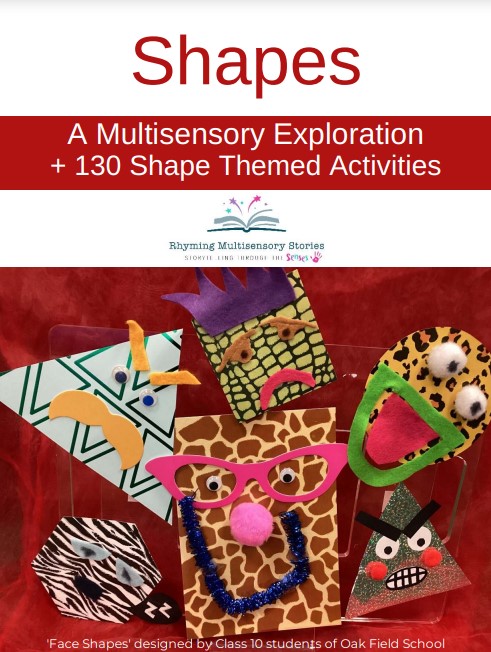
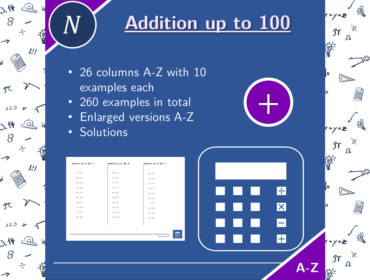
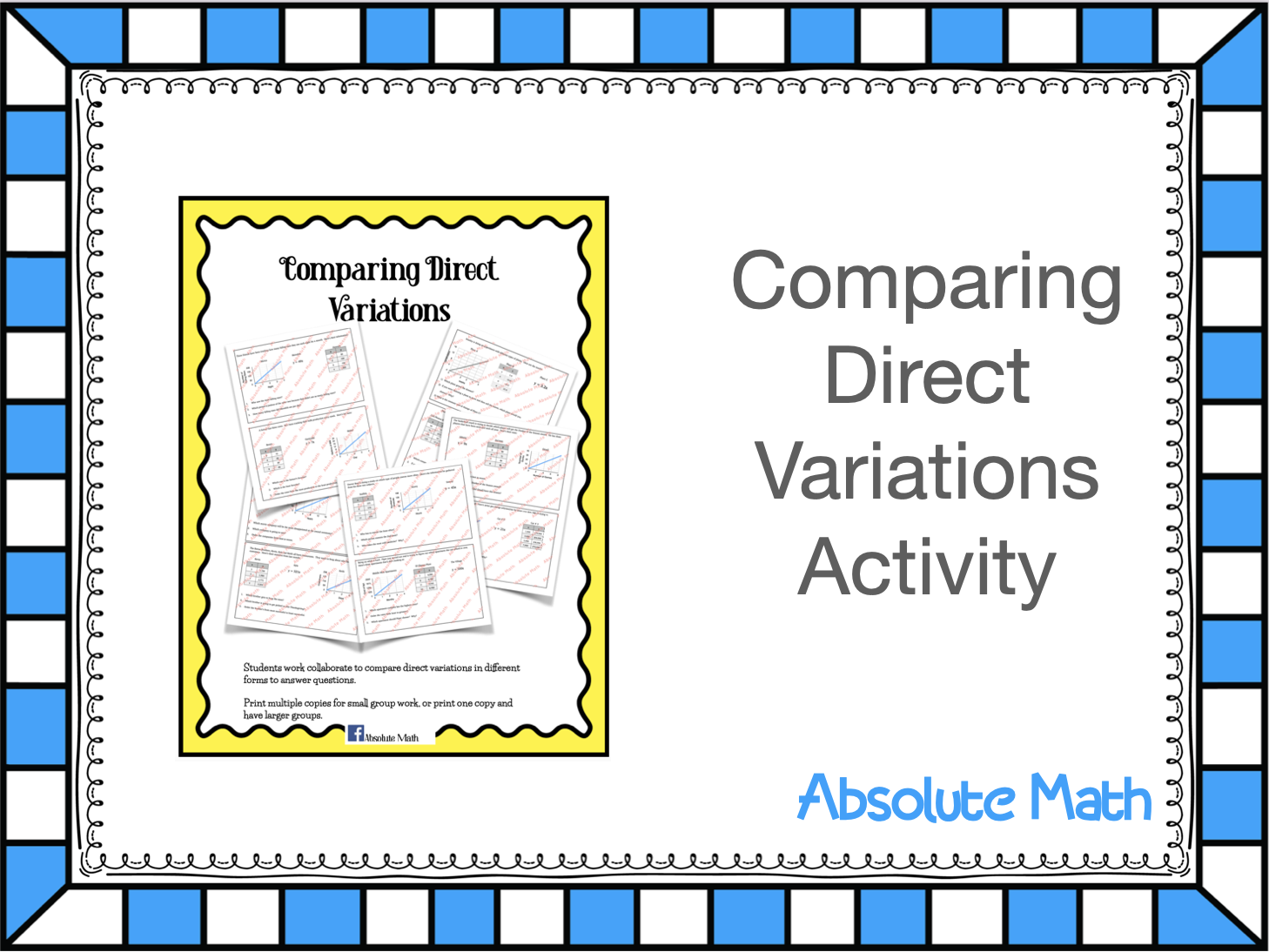
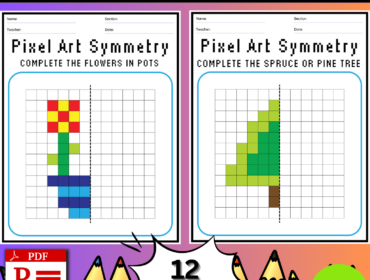
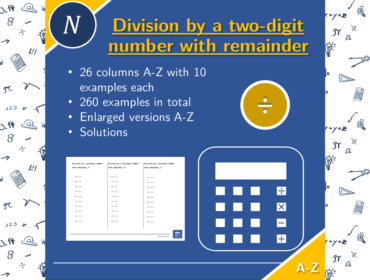
Write a Review
Leave a reply Cancel reply